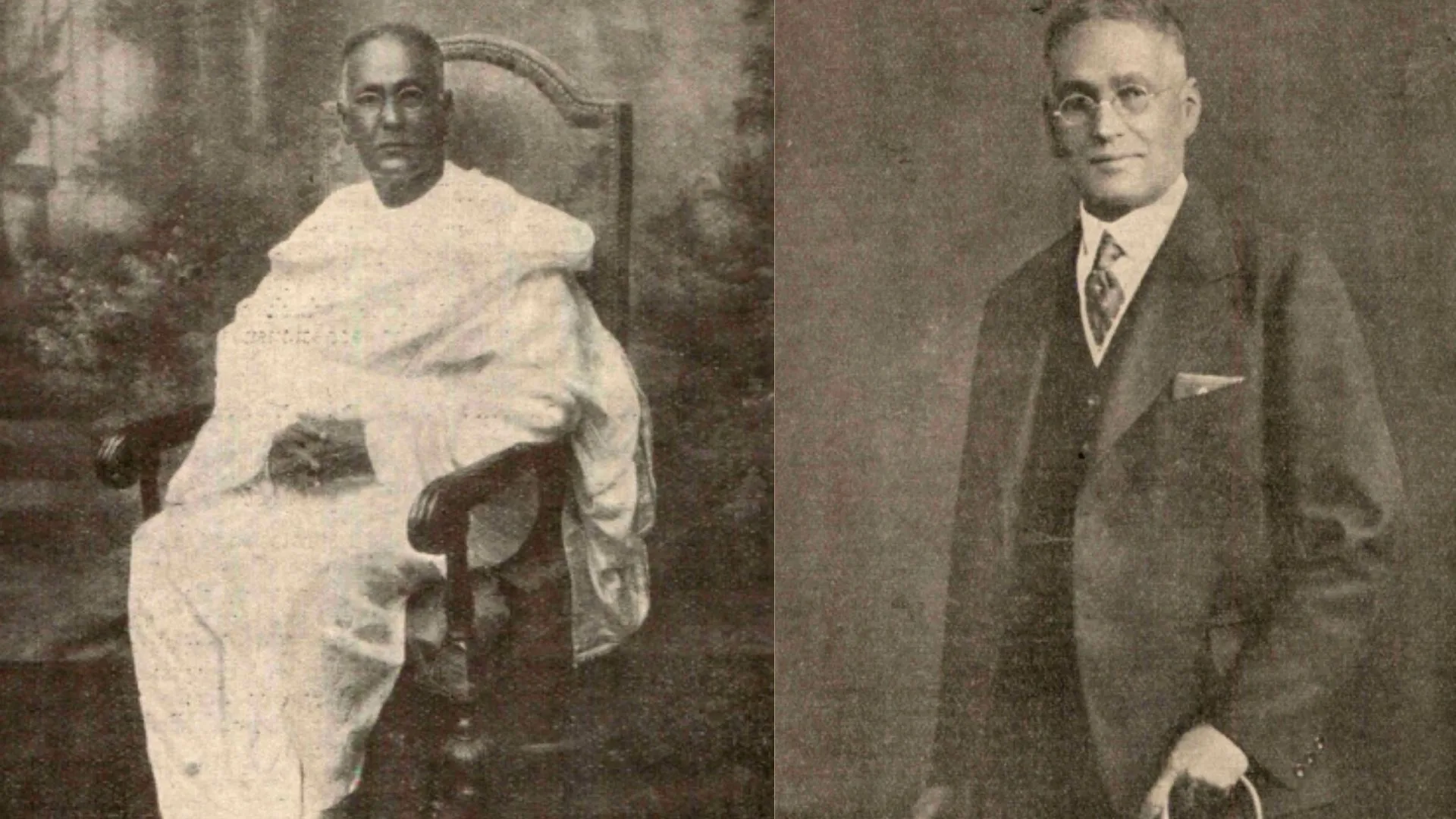The grand mansion of Sir Rajendra Nath Mookerjee on Camac Street, an enduring symbol of Kolkata’s architectural and industrial history, has undergone significant restoration, transforming into a contemporary Kalyan Jewellers outlet. This not only breathes new life into the structure but also honors the legacy of one of India’s pioneering engineers and industrialists.
Born in a small village in Basirhat, Mookerjee’s rise from humble beginnings to becoming a knighted engineer and industrialist is a testament to his remarkable talent and perseverance. Educated at Presidency College, Mookerjee’s engineering skills caught the attention of Sir Bradford Leslie, leading to his association with Martin & Co., a firm he co-founded with Acquin Martin, which constructed iconic structures such as the Victoria Memorial and the Howrah Bridge. His contributions extended beyond engineering to social causes, including his support for the Ramakrishna Mission and various educational institutions.
The mansion on Camac Street, also known as Mookherjee House, stands as a testament to Mookerjee’s legacy. Built during the late 19th century, the house showcased colonial architectural elegance, with intricate designs and luxurious interiors. The building’s features included heavily burnished doorways, an old-fashioned lift, a copper basrelief of Nataraja, bronze sculptures, and a grand staircase with mahogany railings. Portraits of Sir Rajendra Nath Mookerjee, his wife Lady Jadumati Mookerjee, and his son Birendranath adorned the walls, reflecting the family’s prominence and influence.
Despite its historical and architectural significance, the mansion faced neglect and deterioration over the decades. The once-vibrant home of industrial magnates became a shadow of its former self, with its grandeur fading amidst the passage of time.
The recent restoration of the mansion marks a significant effort to preserve Kolkata’s architectural heritage while adapting it to modern commercial use. The project aimed to retain the building’s historical essence while integrating contemporary elements to serve its new purpose as a Kalyan Jewellers outlet. The restoration process involved meticulous planning and execution, ensuring that the structure’s unique features were preserved and enhanced.
Key architectural elements, such as the grand staircase, mahogany railings, and bronze sculptures, were carefully restored to their original splendor. The lift, one of the earliest installed in Kolkata, was refurbished to maintain its historical value. The portraits of the Mookerjee family were preserved, adding a touch of historical authenticity to the modern retail space.
The restoration also included structural reinforcements to ensure the building’s safety and longevity. Modern amenities were integrated seamlessly, providing a comfortable and aesthetically pleasing environment for visitors. The result is a harmonious blend of history and modernity, reflecting the rich cultural heritage of Kolkata.
The transformation of Sir Rajendra Nath Mookerjee’s mansion into a Kalyan Jewellers outlet is not merely a commercial endeavor; it is a tribute to the enduring legacy of one of Kolkata’s most influential figures. By preserving the building’s historical essence, the restoration honors Mookerjee’s contributions to engineering, industry, and society.
Mookerjee’s impact on Kolkata extended beyond his architectural achievements. As the Chairman of the Engineering Committee, he played a crucial role in the construction of the Howrah Bridge, a landmark that continues to be a vital part of the city’s infrastructure. His involvement in the construction of the Ramakrishna Temple at Belur further exemplifies his commitment to community and spirituality.
The Mookerjee family’s legacy continued through Sir Rajendra Nath’s son, Birendranath, who expanded the family’s industrial empire and transformed the Indian Iron and Steel Company (IISCO) into a leading steel manufacturer. Despite facing numerous challenges, including nationalization and financial difficulties, Birendranath’s leadership left a lasting impact on India’s industrial landscape.
The restoration of Mookherjee House serves as an inspiring example of heritage preservation in a rapidly modernizing world. It underscores the importance of maintaining historical structures while adapting them to contemporary needs. As urban landscapes evolve, the preservation of architectural heritage becomes increasingly vital in maintaining a connection to the past and fostering a sense of identity and continuity.
Kolkata, a city rich in history and culture, stands to benefit immensely from such restoration projects. The blending of old and new not only enhances the city’s aesthetic appeal but also promotes tourism and cultural appreciation. The success of the Mookherjee House restoration could serve as a catalyst for similar initiatives, encouraging the preservation of other historical buildings in Kolkata and beyond.
The restoration of Sir Rajendra Nath Mookerjee’s mansion on Camac Street is a celebration of Kolkata’s rich architectural and industrial heritage. It is a fitting tribute to a visionary engineer and industrialist whose contributions have left an indelible mark on the city’s history. As Kalyan Jewellers welcomes visitors to this historic site, the legacy of Sir Rajendra Nath Mookerjee continues to inspire and resonate, bridging the past and present in a seamless blend of history and modernity.
